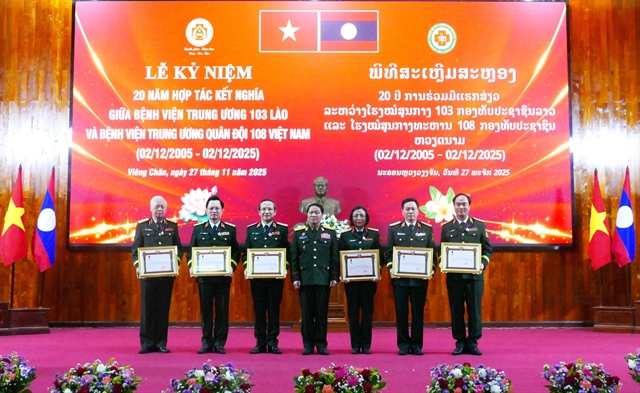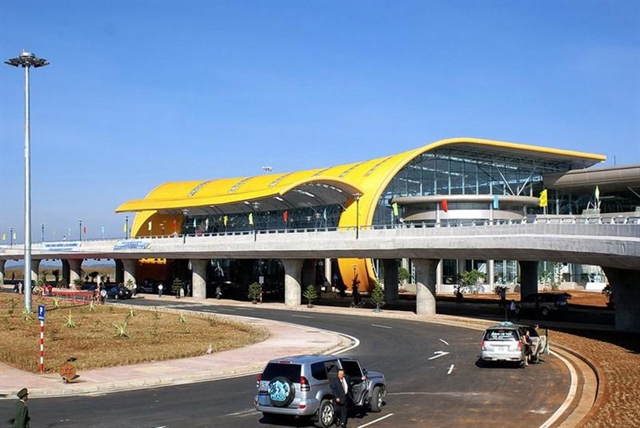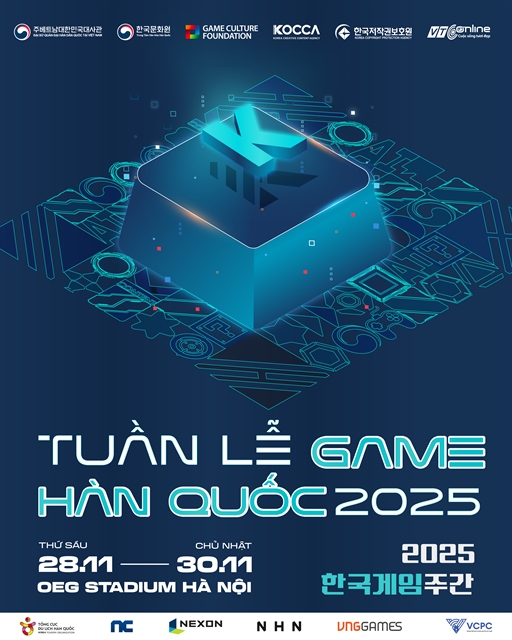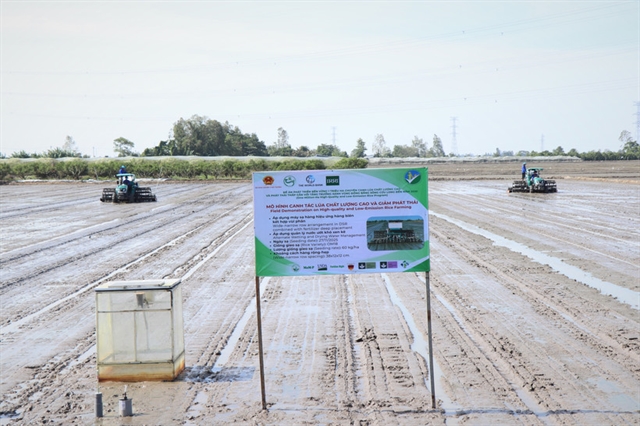 Economy
Economy
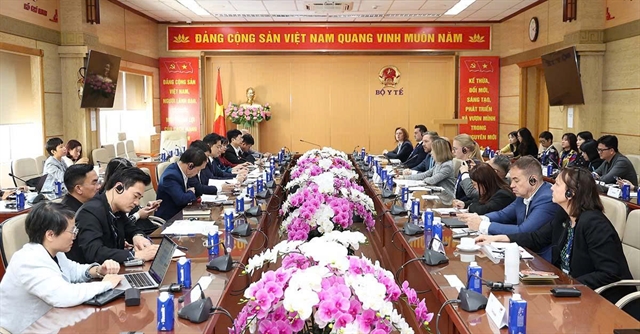
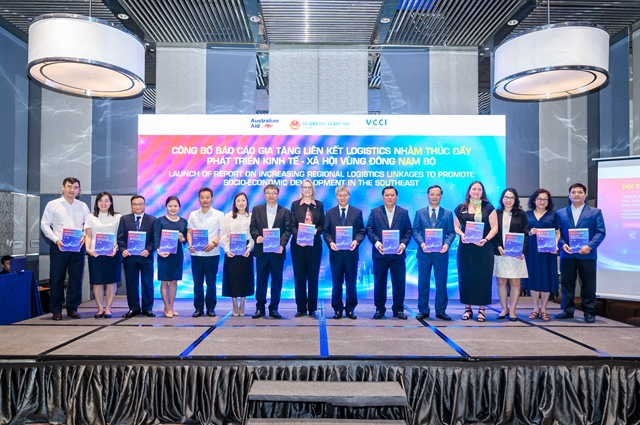 |
| Delegates pose for a group photo at the workshop in HCM City on Friday. — Photo courtesy of the organisers. |
HCM CITY — The Vietnam Chamber of Commerce and Industry's HCM City Branch (VCCI-HCM), in collaboration with the Australian Embassy through the Aus4Skills Programme, released a report titled “Increasing Regional Logistics Linkages to Promote Socio-Economic Development in the Southeast Region” in HCM City on Friday.
The report is expected to help address long-standing bottlenecks in the logistics sector, thereby creating stronger momentum for socio-economic growth in the region.
The Southeast region, currently comprising HCM City, Đồng Nai and Tây Ninh (previously HCM City, Đồng Nai, Bình Dương, Bà Rịa–Vũng Tàu, Bình Phước and Tây Ninh), is one of the country’s most dynamic economic zones. It contributes nearly 32 per cent of national GDP and 44.7 per cent of the State budget.
However, rapid urbanisation, fragmented transport systems across provinces and overlapping institutions and procedures have led to higher logistics costs, longer transport times and reduced business competitiveness.
According to Thái Văn Vinh, principal researcher and a professor of Logistics & Supply Chain Management at RMIT University, the report proposes three groups of breakthrough solutions to strengthen logistics linkages in the region.
The first group of solutions focuses on optimising infrastructure through integrated connectivity. This includes strengthening connections between road, waterway, railway and air transport, as well as accelerating the construction of Long Thành International Airport and the Cái Mép–Thị Vải port cluster.
The second group of solutions relates to the synchronisation of institutions, regulations and processes. It includes proposals to establish a Southeast Regional Logistics Coordination Committee, streamline administrative procedures and implement a unified electronic customs clearance system.
The third group of solutions addresses the standardisation of human resource development. It proposes the creation of a unified training framework, the establishment of common learning outcomes and stronger partnerships between vocational institutions, enterprises and government agencies.
Speaking at the workshop, VCCI Vice Chairman Võ Tân Thành said the report is particularly practical.
It provides a comprehensive overview of logistics linkages in the region, identifies major bottlenecks in infrastructure, institutions, processes and human resources, and offers concrete recommendations such as optimising infrastructure investment, establishing a unified coordination mechanism and standardising workforce training.
He emphasised that the report is especially timely, as Việt Nam is currently merging provincial-level administrative units to improve management efficiency. According to him, the analyses and recommendations are not only significant for the Southeast region but also serve as an important reference for other localities across the country as they undertake administrative consolidation, restructuring and regional integration in a more synchronised and effective manner.
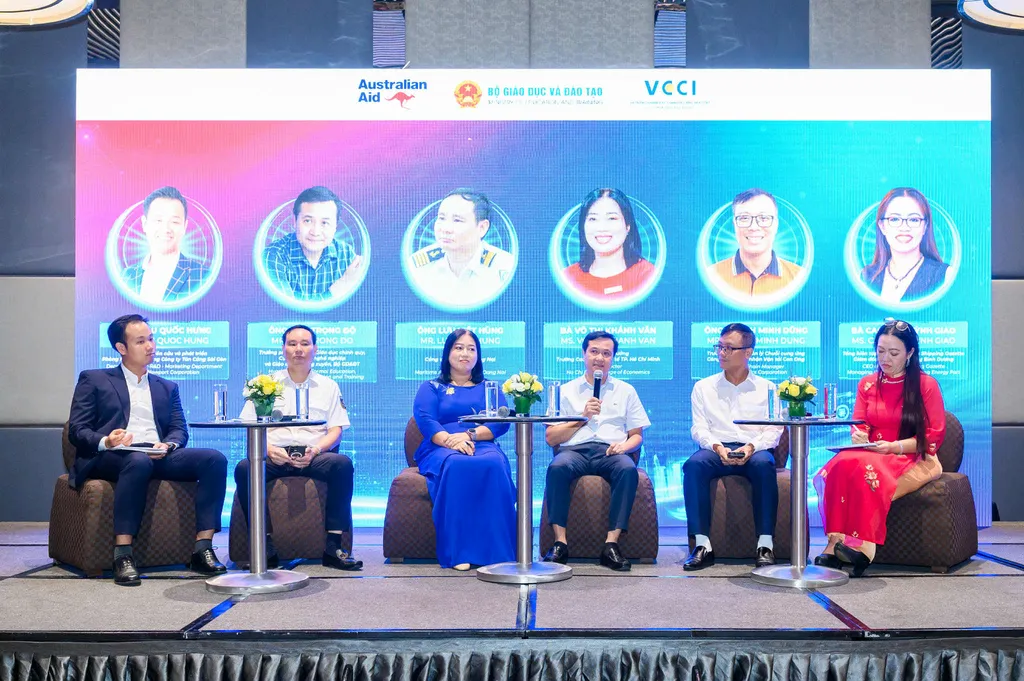 |
| Delegates discuss the participation of logistics enterprises in vocational education at the workshop. — Photo courtesy of the organisers |
The report also highlights the close connection between micro- and macro-level factors in the regional logistics ecosystem. Professor Vinh noted that beyond macro-level reforms such as institutional harmonisation and system integration, enterprises, authorities and vocational training institutions play critical roles as key links in advancing logistics connectivity.
The report serves not only as a strategic planning tool for policymakers but also as evidence of the deepening partnership between Việt Nam and Australia in infrastructure development, trade,and human resource development.
Australian Consul-General in HCM City Sarah Hooper reaffirmed this point. She said that Australia is proud of its partnership with Việt Nam, with human resource development being a central focus for more than 50 years.
She added that, with Australia’s support, Vietnamese ministries, port operators and logistics businesses have been working together to share information and develop policy recommendations for regional development.
In recent years, Australia has shared its expertise in vocational education through the Aus4Skills project. This cooperation has supported Việt Nam in developing a skilled workforce capable of seizing new economic opportunities, promoting sustainable growth and contributing to regional stability.
She stressed that these solutions in the report are critical to unlocking stronger regional connectivity and ensuring that Việt Nam’s logistics sector remains globally competitive. — VNS

